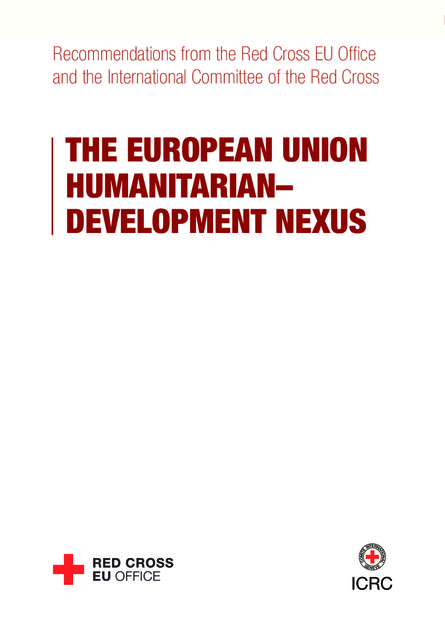
The nature of today’s humanitarian crisis situations is increasingly complex and transcends the traditional lines between humanitarian aid and development cooperation. Humanitarian emergencies are lasting longer and have become more volatile and multifaceted, putting the traditional division between short-term humanitarian relief and longer-term development to the test. With more than 68.5 million people worldwide forcibly displaced by conflict, violence, or human rights violations, and 130 million reliant on humanitarian assistance, the humanitarian system requires additional support to address needs of such magnitude and diversity.
The European Commission has translated its response to long-term crises into commeasurable commitments and concrete policy initiatives based on the Council of the EU’s May 2017 Conclusions on Operationalising the Humanitarian-Development Nexus.
